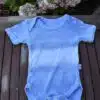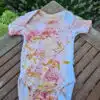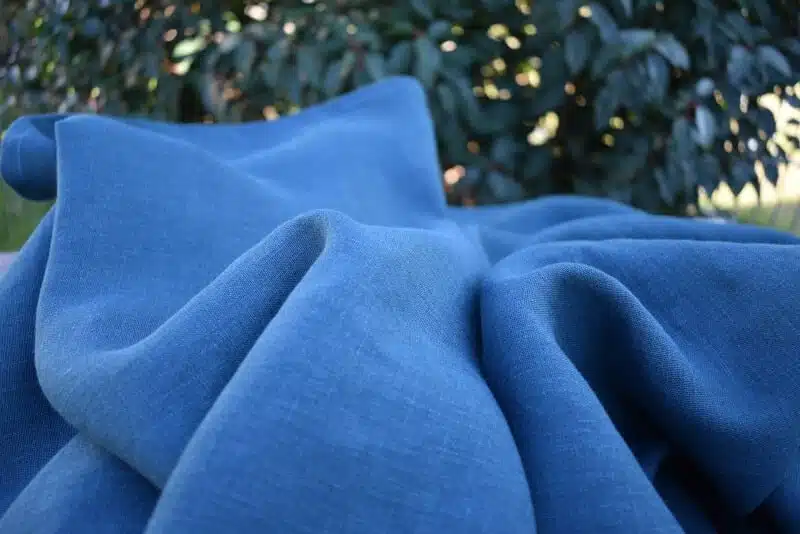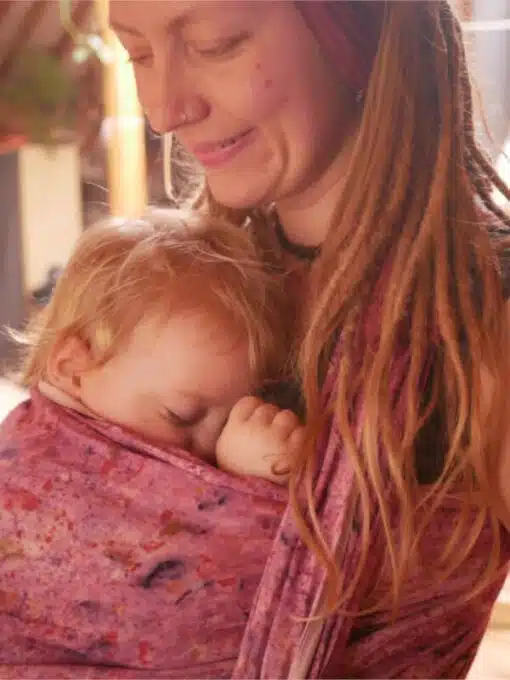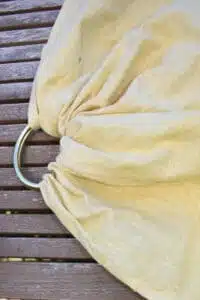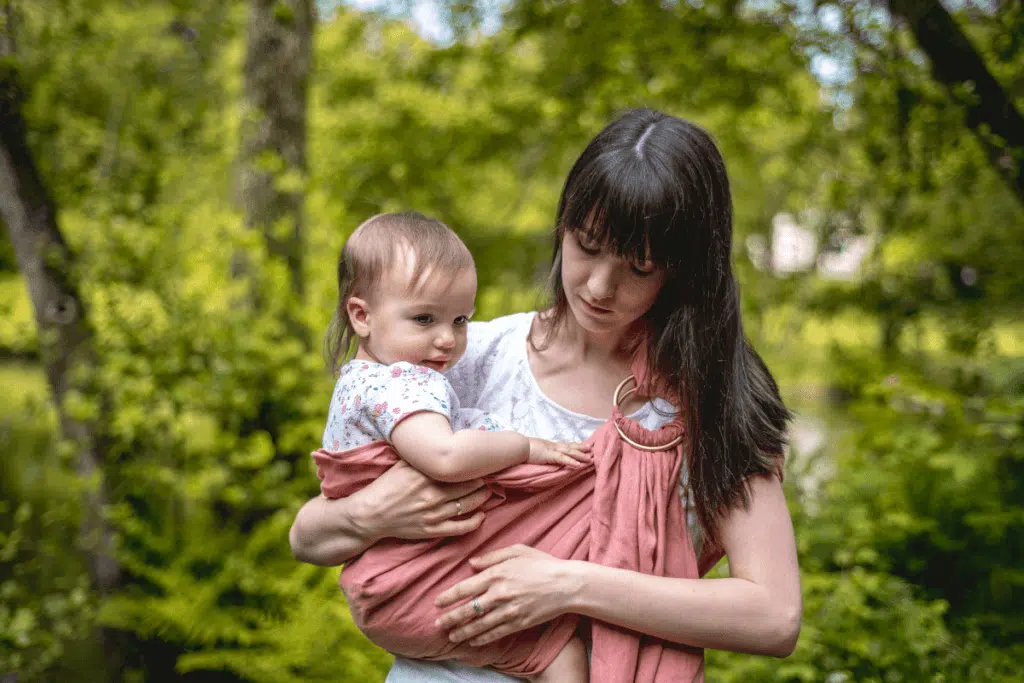mariblum - porta bebè news
Perché il babywearing è importante
Il babywearing è una pratica diffusa da secoli in molte culture. Offre molto di più di un modo pratico di trasportare il bambino. Il babywearing ha un profondo impatto sullo sviluppo fisico, emotivo e sociale del bambino e rafforza il legame tra voi e il vostro bambino in modo naturale e amorevole.
Indice dei contenuti
- Quali sono i benefici fisici del babywearing?
- Quali sono i benefici emotivi e psicologici del babywearing?
- Quali sono i benefici pratici e sociali del babywearing?
- Quali sono gli aspetti storici e culturali del babywearing?
- Riassumere
Quali sono i benefici fisici del babywearing?
La vicinanza che deriva dal babywearing svolge un ruolo essenziale nello sviluppo fisico del bambino. I neonati cercano naturalmente il contatto con la madre, perché il contatto e la vicinanza li fanno sentire sicuri e protetti. Alcuni studi¹ hanno dimostrato che i bambini portati in braccio piangono meno e dormono meglio. Il ritmo costante² del vostro battito cardiaco e il vostro respiro calmo hanno un effetto calmante sul bambino e lo aiutano a rilassarsi.
Ring Slings
Il babywearing favorisce anche lo sviluppo fisico del bambino³ sviluppando i suoi muscoli e il suo senso dell’equilibrio. I piccoli movimenti costanti che il bambino deve compensare rafforzano naturalmente le sue capacità motorie. Inoltre, il babywearing aiuta a prevenire la deformazione del cranio, che può verificarsi quando si sta troppo a lungo in posizione supina.⁴
Quali sono i benefici emotivi e psicologici del babywearing?
The emotional bond between you and your child is intensified by babywearing. The constant contact and closeness strengthens your baby’s basic trust, as it feels that its needs are being recognised and fulfilled. This secure bond is the basis for healthy self-esteem and emotional stability in later life.
For you as a mother, babywearing can also be very beneficial. Being close to your child can help to alleviate postpartum depression and promote your emotional well-being. The feeling of being close to your child and being able to cope with everyday life at the same time gives you a sense of control and satisfaction.
Quali sono i benefici pratici e sociali del babywearing?
A major advantage of babywearing is the freedom of movement it offers. Unlike bulky pushchairs, babywearing allows you to move effortlessly through tight spaces or over rough terrain. Whether in the city, in the countryside or on public transport – babywearing makes your everyday life easier and more flexible.
From a social point of view, babywearing promotes closer involvement in social life. You can continue to socialise and take part in activities without having to give up being close to your child. This is particularly important in the first few months of life in order to avoid isolation and lead a balanced life.
Quali sono gli aspetti storici e culturali del babywearing?
Babywearing has a long tradition in many cultures around the world. From the indigenous peoples of the Americas to African tribes, babywearing was and is a tried and tested method to support the child’s wellbeing and development. These traditional practices have paved the way for modern baby carriers and slings, which are valued and used by many families today.
Ring Slings
Ring Slings
Ring Slings
Ring Slings
Riassumere
Babywearing is more than just a practical transport option. It promotes the physical, emotional and social development of your child in a loving and natural way and strengthens the bond between you and your child. Through the closeness and constant contact, you can better recognise your child’s needs and build a deep, secure bond. In our modern world, where mobility and social networking are important, babywearing offers a valuable link between traditional wisdom and modern lifestyles.
Sources
- ¹ Less crying and better sleep:
A study published in Pediatrics found that babies who are carried cry up to 43% less than babies who are not carried. This study shows that close physical contact leads to a significant reduction in crying in newborns (Hunziker & Barr, 1986). - ² Calming effect of heartbeat and breathing:
The calming effect of body contact on babies has been investigated in several studies. A study from Early Human Development found that the heart rate variability of babies who experience skin-to-skin contact is more stable and their stress responses are reduced (Ludington-Hoe et al., 2006). - ³ Promotion of motor development:
The motor benefits of babywearing have also been documented in various studies. A study in the journal Developmental Medicine & Child Neurology found that babywearing promotes babies’ sense of balance and motor skills (Blomqvist et al., 2011). - ⁴ Prevention of plagiocephaly:
The American Academy of Pediatrics (AAP) has emphasised that changing position through babywearing can help reduce the risk of plagiocephaly (deformation of the skull), which can result from lying on the back for too long (Laughlin et al., 2011). - ⁵ Strengthening emotional attachment:
A study in Child Development showed that close physical contact in the first months of life strengthens the emotional bond between mother and child and promotes the child’s basic trust in the long term (Ainsworth, 1979). - ⁶ Reduction of postpartum depression:
A study in the journal BMC Pregnancy and Childbirth found that skin-to-skin contact and babywearing were associated with a reduction in symptoms of postpartum depression in mothers (Bigelow & Power, 2012).

